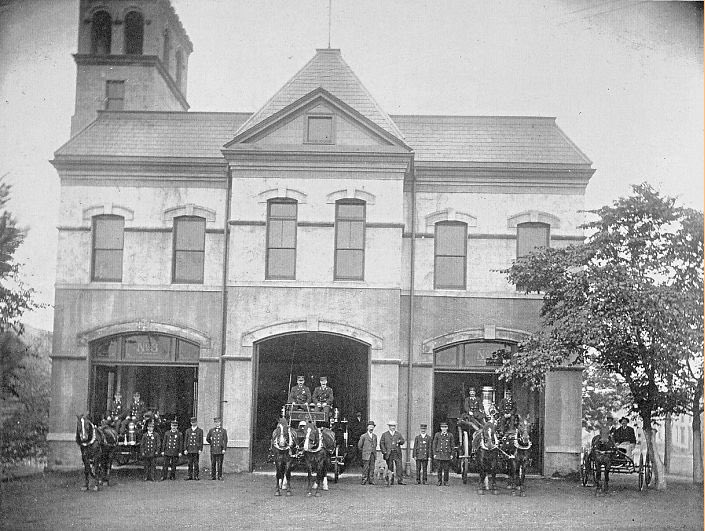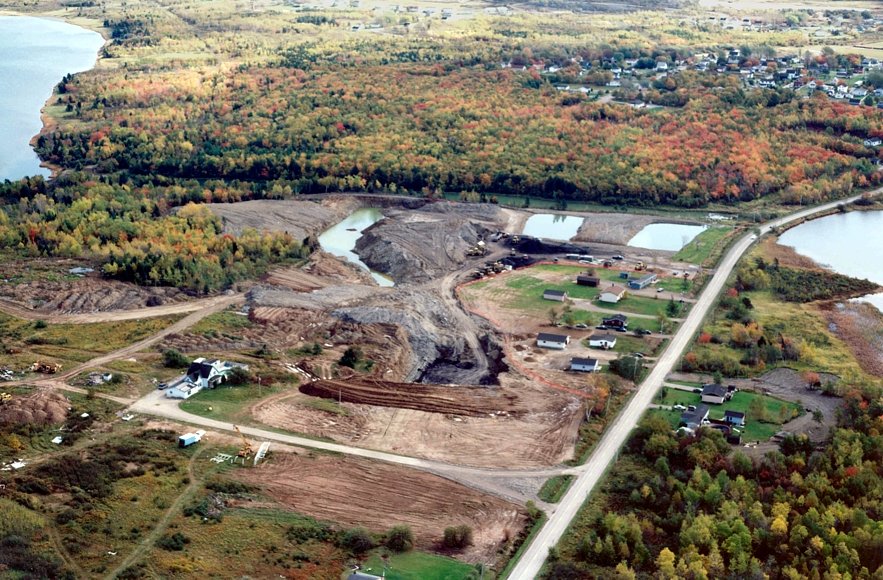On June 18, 1865 Daniel Mackintosh, John Sims and Charles Sims discovered #gold on the estate of the late Richard John Uniacke.
Here's the story of the #MountUniacke Gold District!
#nspoli #cbpoli #novascotia #capebreton
@mmillershubie @NS_Museum

Here's the story of the #MountUniacke Gold District!
#nspoli #cbpoli #novascotia #capebreton
@mmillershubie @NS_Museum


The #MountUniacke #Gold District in #HantsCounty was so promising that between 1866-1867, the number of houses in the area grew from two to over 500 and over 200 residents. In fact, by mid-1866, more land was held under leases and prospecting licences in...
#nspoli #novascotia

#nspoli #novascotia
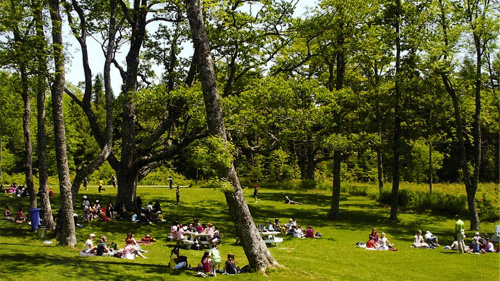

...the #MountUniacke Gold District than in any other #gold district in #NovaScotia.
By the end of 1867, three stamp mills had been built for processing ore and production increased from 72 ounces of gold in 1866 to 1,622 ounces in 1867.
#nspoli #cbpoli #capebreton
By the end of 1867, three stamp mills had been built for processing ore and production increased from 72 ounces of gold in 1866 to 1,622 ounces in 1867.
#nspoli #cbpoli #capebreton

The district’s high-water mark was in 1868 when it produced 3247 ounces of #gold.
Mining activity slowed in 1869 and production decreased year after year until in 1874 only 14 ounces were reported.
#nspoli #cbpoli #novascotia #capebreton
Mining activity slowed in 1869 and production decreased year after year until in 1874 only 14 ounces were reported.
#nspoli #cbpoli #novascotia #capebreton
The 1870 Report of the Chief Commissioner of Mines offers an explanation for the drop in production: "There has, perhaps, been no district so much injured by the speculating mania of 1867 and 1868 as this one...
#nspoli #cbpoli #novascotia #capebreton
#nspoli #cbpoli #novascotia #capebreton
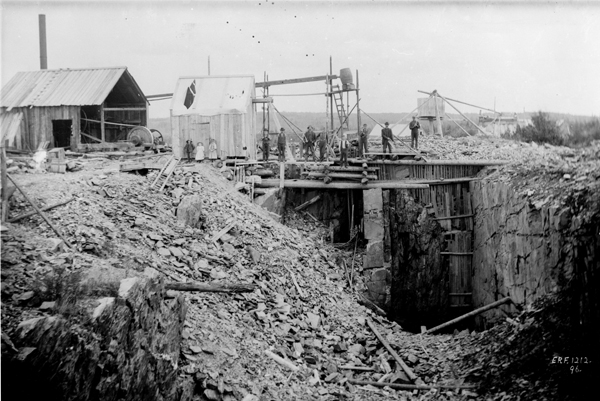
...Properties that were of moderate size were cut up into two or three, and sold to speculators. In some cases crushers were built, not with the expectation of mining, but to sell stock. The result has been litigation, disappointment in making sales, and stoppage of the works." 

In other words, some companies hoped to make a quick buck on the excitement about the area’s potential for #gold instead of actually operating profitable mines.
After 1874, production was up and down but was carried on almost continuously until 1941.
#nspoli #cbpoli #novascotia
After 1874, production was up and down but was carried on almost continuously until 1941.
#nspoli #cbpoli #novascotia
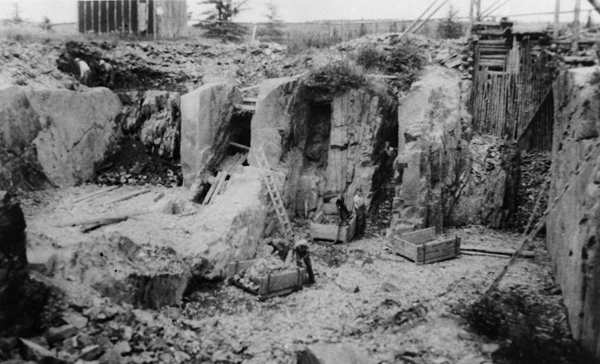
From 1867 to 1941, approximately 27,740 ounces of #gold were produced.
It is noteworthy that starting in 1880, #MountUniacke saw some mining done by “open-cut” – what we would call a surface mine today.
#nspoli #cbpoli #novascotia #capebreton
It is noteworthy that starting in 1880, #MountUniacke saw some mining done by “open-cut” – what we would call a surface mine today.
#nspoli #cbpoli #novascotia #capebreton
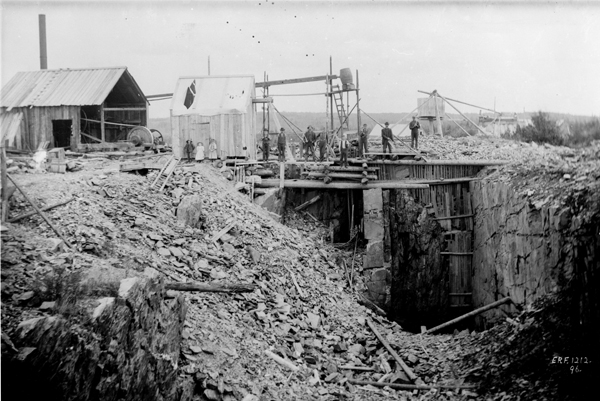
The vast majority of historical gold mining in #NovaScotia, including at #MountUniacke, was done by digging shafts and tunnels to follow quarts veins that contained #gold. As long as the veins contained enough gold, this could be a very profitable method...
#nspoli #cbpoli
#nspoli #cbpoli

...but it was difficult and expensive work to dig underground. #MountUniacke’s open-cuts let miners access lower-grade ore but much more of it, making it a viable method.
#nspoli #cbpoli #novascotia #capebreton
#nspoli #cbpoli #novascotia #capebreton

It's still true today that underground mines are generally much more expensive to operate and it is a big advantage when mineralization is close to surface so surface mining can be done.
#nspoli #cbpoli #novascotia #capebreton #gold
#nspoli #cbpoli #novascotia #capebreton #gold

Most of Nova Scotia’s mines are surface mines today, including the #MooseRiver Gold Mine, which is one of the lowest-cost, most-efficient #gold mines in the world.
#nspoli #cbpoli #novascotia #capebreton
#nspoli #cbpoli #novascotia #capebreton

Richard J. Uniacke was born in Ireland in 1753 and immigrated to Nova Scotia in the mid 1770s. He returned to Ireland to complete his legal studies and returned to Nova Scotia in 1781. He became a wealthy lawyer and politician...
#nspoli #cbpoli #novascotia #capebreton
#nspoli #cbpoli #novascotia #capebreton

...serving as the Member of the Legislative Assembly for Sackville Township, Attorney General and Speaker of the legislature. He built the 11,000-acre Uniacke Estate, which was completed in 1815. He died in 1830 after spending 49 of his 77 years devoted to public service in NS. 

Uniacke’s son, Richard John Uniacke Jr., was also a successful lawyer and politician. He served as MLA for Cape Breton and was later the first person born in Nova Scotia appointed to the province’s Supreme Court.
#nspoli #cbpoli #novascotia #capebreton
#nspoli #cbpoli #novascotia #capebreton

Uniacke Jr. was a participant in Nova Scotia’s last-known fatal duel in 1819 when he shot merchant William Bowie in a field near the narrows in #Halifax. The quarrel began during a court case in which Uniacke called Bowie a smuggler.
#nspoli #cbpoli #novascotia #capebreton
#nspoli #cbpoli #novascotia #capebreton
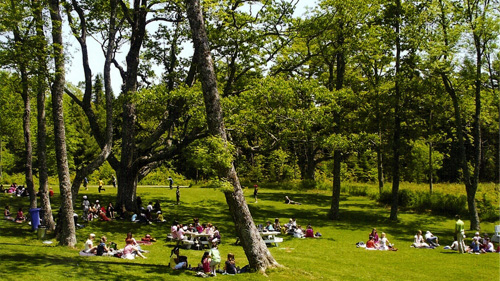
Bowie said Uniacke was a liar and demanded a retraction. Uniacke refused and demanded the duel to preserve his honour.
Much of the blame for the outcome has been attributed to Uniacke’s second, Edward McSweeny, who apparently insisted...
#nspoli #cbpoli #novascotia #capebreton
Much of the blame for the outcome has been attributed to Uniacke’s second, Edward McSweeny, who apparently insisted...
#nspoli #cbpoli #novascotia #capebreton

...that the duelists fire a second time after neither had been hit during the first exchange. Bowie was mortally wounded in the second round.
Uniacke was charged with murder but found not guilty. His father was attorney general at the time.
#nspoli #cbpoli #novascotia #capebreton
Uniacke was charged with murder but found not guilty. His father was attorney general at the time.
#nspoli #cbpoli #novascotia #capebreton

Uniacke’s estate still exists today as a wonderful Nova Scotia Museum site: uniacke.novascotia.ca
#nspoli #cbpoli #novascotia #capebreton @NS_Museum
#nspoli #cbpoli #novascotia #capebreton @NS_Museum
• • •
Missing some Tweet in this thread? You can try to
force a refresh





